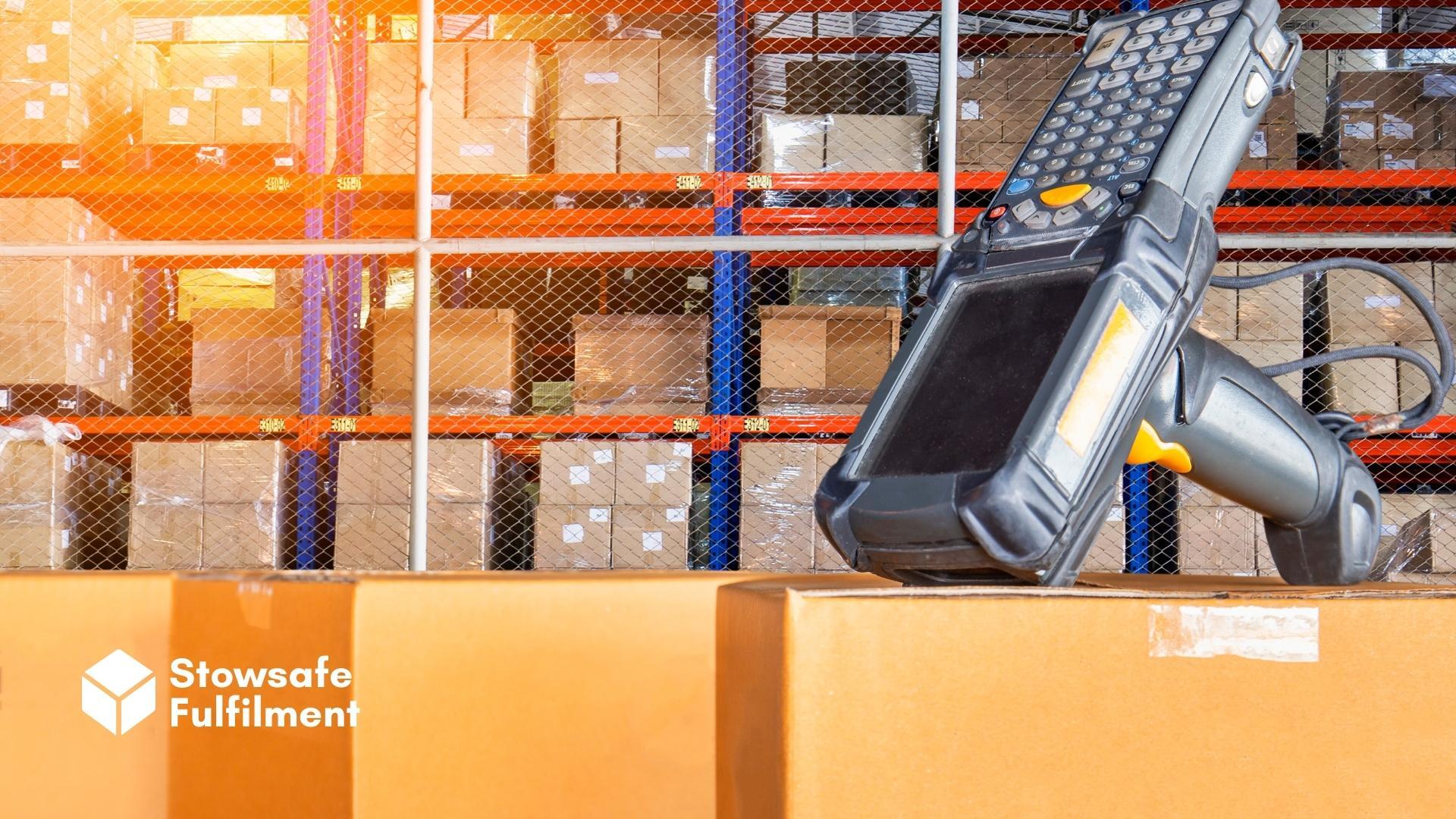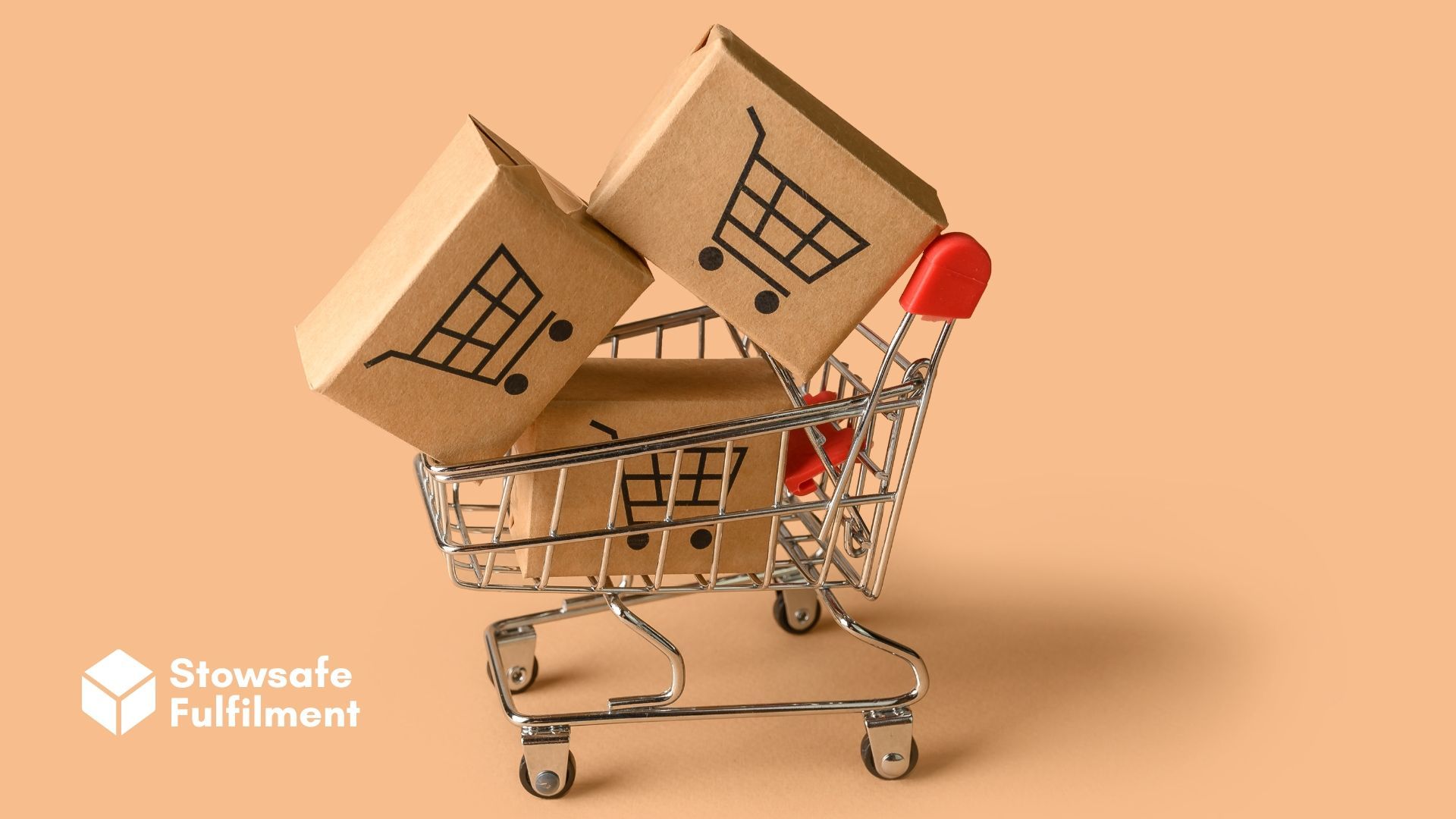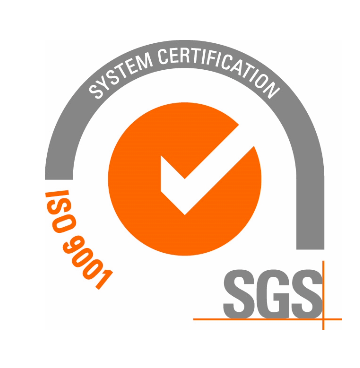Is your eCommerce store starting to grow? Time to turn your mind to inventory management. Read on to find out more – and learn how a 3PL can help.

As your eCommerce brand grows, some things can remain constant. No matter how big or small your operation, your branding can stay the same, for example. But there are other aspects of running an eCommerce store that change as you expand. Inventory management is one of these.
At one end of the scale, we have domesticated dealers who keep their stock wherever it will fit. In the spare room. In the garage. All over the living room floor.
Cottage industries can thrive like this. They have a stable customer base and are able to fulfil orders from the comfort of their homes.
At this level, inventory management can happily be confined to Google Sheets, Microsoft Excel or some other freely available software.
At the other end of the scale, you've either invested in your own warehouse or are renting space from a 3PL. You have a range of stock coming in and going out, some of it seasonal, some perennial. Perhaps some or all of it is perishable or needs to be stored at a particular temperature. Suddenly, the logistical questions start to multiply.
You may find yourself looking around at these mounds of unfulfilled orders and returns and you may ask yourself, "how did I get here?" And, more to the point, "what's the best way to deal with it?"
Luckily for you, we're here to talk you through the ins and outs of inventory management – and to make the case for partnering with a 3PL.
What is inventory management?
OK class, attention please. Slide one: what is inventory management?
No, we don't want to teach your grandmother to suck eggs – or you, for that matter. But for ease of reference, let's run down the key components of inventory management.
Inventory management has three strands: sourcing, storing and selling stock. It involves answering questions like:
- How much stock do I currently have?
- How much am I charging for it?
- Where am I storing it?
- How long am I keeping it for?
Clearly, the answers to these questions depend to some degree on your sector. An organic veg box company will have very different concerns from a stationery firm. But similar principles and methods underline every sector.
Keeping on top of your inventory is essential if you want to turn one-time buyers into loyal patrons. Running out of swedes or pencil sharpeners because of an administrative error could lose you a customer – after all, in today's attention economy people are always just a click away from abandoning their cart.
Not only does it keep the customer satisfied, but it also makes your life easier. It's a bit like the difference between doing your taxes at the start of the financial year and doing it a day before the deadline. There's no need to put yourself through the mincer like that.
Successful inventory management also helps you to answer more detailed questions like:
- When do I need to reorder? The answer is "ahead of time", but just how far ahead depends on your stock levels. It's a little like asking, "when do I need to buy another jar of coffee?" Your answer will hinge on the rate you're getting through your current jar, but one thing's for certain – you don't want to open up the cupboard tomorrow morning and find it bare.
- How much should I reorder? If one product is selling well, you'll want to buy more – but not too much more, or you'll have a surplus cluttering up the place.
- Does the success rate of current products suggest that I should invest in others? Example: these cufflinks are doing well – is it time to break into the cummerbund market?
- How long can these items stay in the warehouse? It's not just houseplant vendors that need to worry about this. While you may not be fearful of a drooping cheese plant, you could still end up with a lot of dead wood.
If you're a startup owner pondering these questions, you may feel like you're not in Kansas anymore. But successful inventory management is well within everybody's grasp.
A lot of it centres on balance. You don't want dead stock that you trip over every time you visit the warehouse. But you don't ever want to have to turn away a customer – and in the event of an unexpected surge in demand, you want to be able to meet it.
The best way to achieve this balance is through thorough inventory management.
Auditing
There are a few different ways to audit stock. Which one you choose will depend on your inventory levels.
The first is a full audit, where you count all the stock once or twice a year. On the plus side, you're left with a comprehensive view of your inventory. On the downside, it's extremely time-consuming if you're shipping, say, ball bearings to Bulgaria.
Other types of audits include partial audits and random spot-checks. There's always the option of outsourcing the audit process to experts so you can rest assured that your stock levels are 100% accurate.
Reading the data
SMEs need hard data to analyse. That's because good data drives good decisions. Your company is less likely to prosper if you're not making predictions about future sales based on past purchases.
This kind of granular tracking of stock requires sophisticated warehouse management software. This is something you can invest in – or you can partner with a 3PL and let them do the dry stuff for you.
Kitting
Inventory management can be creative. People love deals – but a BOGOF or subscription box isn't an act of altruism on the part of an SME. It's a way of shifting stock in bundles as well as keeping the customer happy.
To outsource or not to outsource
It's certainly possible to manage your inventory on your own. But you may find that alongside branding, product development and all the rest, it becomes more and more of a thankless chore.
Partnering with a 3PL like Stowsafe means gaining easy access to inventory management software that you yourself don't have to run. We keep on top of your stock and order data and you log into the dashboard and take a detailed look.
Not only that, we'll send you automated low inventory alerts. We help with kitting. And we have a beautiful spacious warehouse where we can stow your goods safely.
Interested in our
fulfilment services? Please don't hesitate to
get in touch.
All Rights Reserved | Stowsafe Fulfilment














